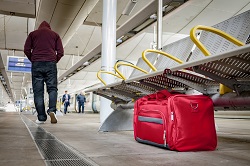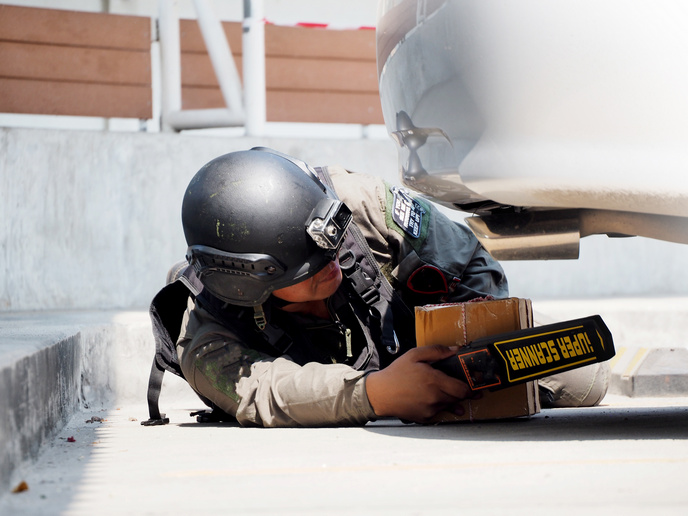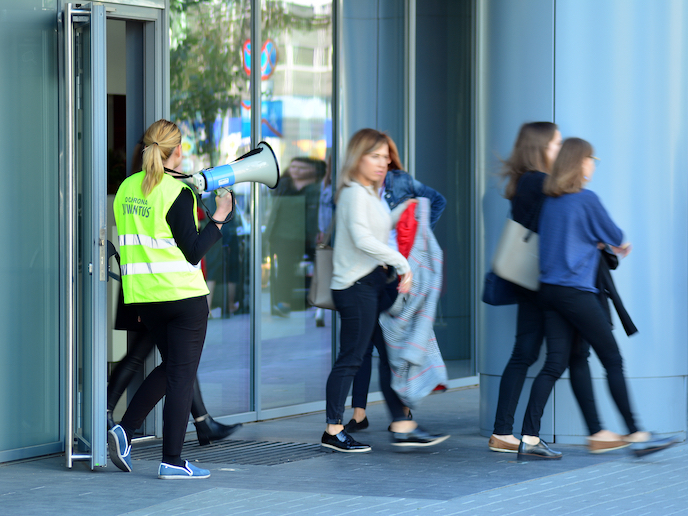Stopping the threat of a rogue nuclear attack
One of the biggest security threats facing society today is a terrorist attack involving the use of nuclear materials, such as in the form of a dirty bomb or nuclear weapon. This isn’t just a theoretical threat. As terrorist organisations are becoming increasingly skilled at trafficking Special Nuclear Materials (SNM), it is actually very real. In fact, between 1993 and 2015, authorities confirmed 2 922 incidents of illicit nuclear material trafficking across international borders, with 188 happening in 2015 alone. To help fight this growing threat, the EU-funded NESPINT project is working to develop an innovative SNM detector. Once complete, the NESPINT detector will be capable of recognising whether nuclear material is being smuggled via luggage or a container, thus significantly improving the security levels at borders and airports. From idea to prototype During this initial stage of the project, researchers successfully developed a working prototype of the NESPINT detector, along with testing it within an operational environment. In addition, researchers prepared a realistic business plan, estimated the total and serviceable available market, studied the technical and financial risks associated with the project, ensured that the prototype satisfied international standards and promoted the project at various international events. According to project coordinator Giacomo Manessi, one of the key challenges that researchers faced during this phase was finding a suitable testing environment. ‘Testing the detector requires the setting up of realistic conditions, which in turn requires the use of SNM,’ he says. ‘As SNM is heavily regulated by strict laws limiting their use, transport and possession, our work had to be coordinated through national security agencies.’ At the same time, researchers also had to ensure that the detector system did not increase screening time or add additional steps to the already busy security process. For this reason, the NESPINT detector is designed to send a discrete alert to authorities, who can then remove the flagged luggage without disrupting the normal flow of passengers and luggage going through security screening. Stopping SNM in its tracks The key project result, which is still a work-in-progress, is to have an innovative detector available for use at ports, airports and international borders for the detection of SNM smuggled by terrorists and criminals in their luggage. Once finalised, the NESPINT detector will be integrated into conventional X-ray screening systems and installed in a number of European airports and at EU border crossings – particularly along borders near the Middle East and former Soviet Republics where most of the trafficking incidents occur. ‘By providing results within a few seconds, the NESPINT detector will play a fundamental role in the global effort to stop the illicit trafficking of nuclear material,’ says Manessi. ‘Moreover, as the illegal trafficking of SNM is directly related to the potential preparation of a terrorist attack, this detector removes at the base the raw material needed to even start planning such an attack and thus reduces the likelihood of such an attack from ever happening.’ As the project moves into phase two, researchers are looking for potentially interested European partner companies for facilitating integration of the detector into a conventional X-ray hand luggage scanner. Simultaneously, they are working with ports and airports as potential users of the final system, along with looking at expanding the system’s use to screen packages at freight and cargo sites.







